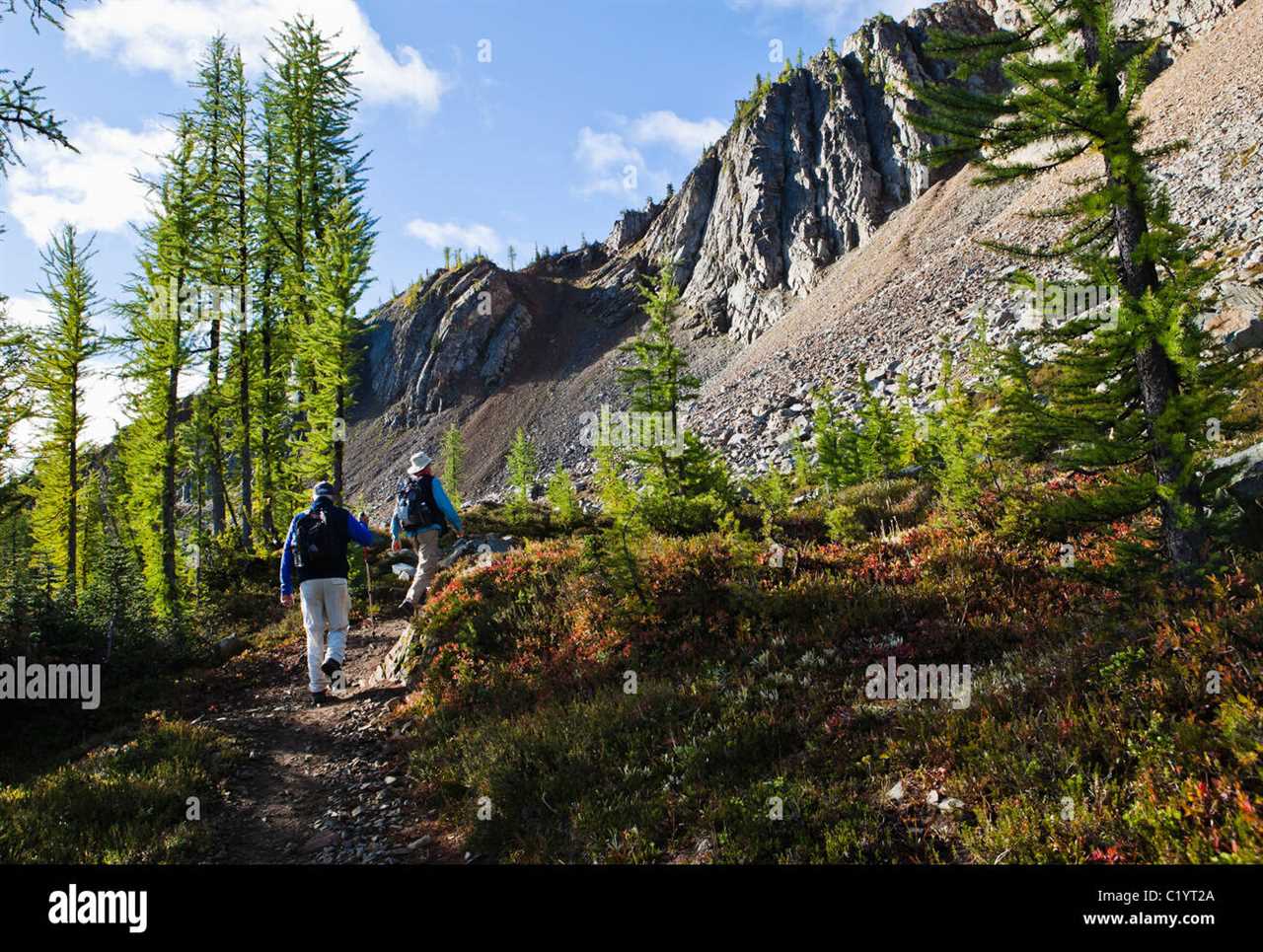
The North Pacific Trail and Pacific Crest Trail National Parks
The North Pacific Trail is a popular hiking route that is often accompanied by many dangers. Some hikers have been run over by unyielding bikers. Others have suffered butt chafe or other injuries. Bears and mountain lions are a rarity, but they do roam the trail. The Pacific Crest Trail Association has several guidelines that hikers must follow. There are no camping sites on the Pacific Crest Trail.
The PCT passes by snow-capped mountains, including Mount Whitney. The trail reaches a high point of 13,180 feet at Forester Pass, in the Mojave Desert. The Canadian government added a 7-mile stretch of the trail in British Columbia to bring it into Manning Provincial Park. The PCT has a wide range of ecological conditions from north to south. Five distinct portions contain a variety of plants and animals. Black bears and coyotes can be found in the northernmost sections. Deer, marmots, elk, and black bears also reside in the southernmost parts of the PCT.
The PCT is a challenging hiking route, but there are some benefits to tackling it. The weather is often dramatic, with temperatures ranging from 40 degrees Fahrenheit in the desert to freezing in the Cascades. During the winter months, the temperature can fall below zero, and in the spring and summer, rain, sleet, and snow are common. However, a good hiker should always follow the rules of private landowners.
The Pacific Crest Trail is a popular hiking route, and many major airports are close to the North Terminus. You can also fly from Seattle or Portland, which are the closest cities to the northern terminus. From these airports, you can take connecting flights to smaller and remote locations. But make sure that you have a plan B in case you encounter any problems along the way. You may regret it later. The Pacific Crest Trail is the perfect hiking route if you love the outdoors.
The Pacific Northwest Trail begins in Oroville, Washington and follows the Similkameen River to Palmer Lake. You'll cross the North Cascades National Park on Hannegan Pass. The Pacific Crest Trail and the North PNW Trail are often part of the same trail. By sharing the trail with the Pacific Crest Trail, it connects the country's most popular trail. It is also a great place to hike.
A NOBO thru-hiker should start their journey in late April or early July. The trail is closed to vehicles and trains. The SOBO route is open all year long. Those who want to hike the entire length of the trail should visit the Pacific Northwest Trail Association's website. They will be able to find maps, and guides, as well as volunteer opportunities. A PNW through-hiker will need to plan their itinerary in advance.
Did you miss our previous article...
https://outdoorsnewswire.com/hiking/10-essentials-for-hiking
 CampingSurvivalistHuntingFishingExploringHikingPrivacy PolicyTerms And Conditions
CampingSurvivalistHuntingFishingExploringHikingPrivacy PolicyTerms And Conditions
